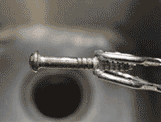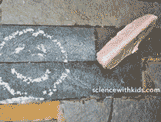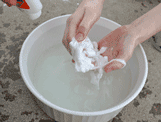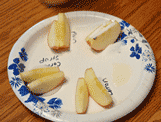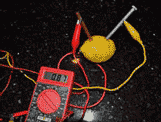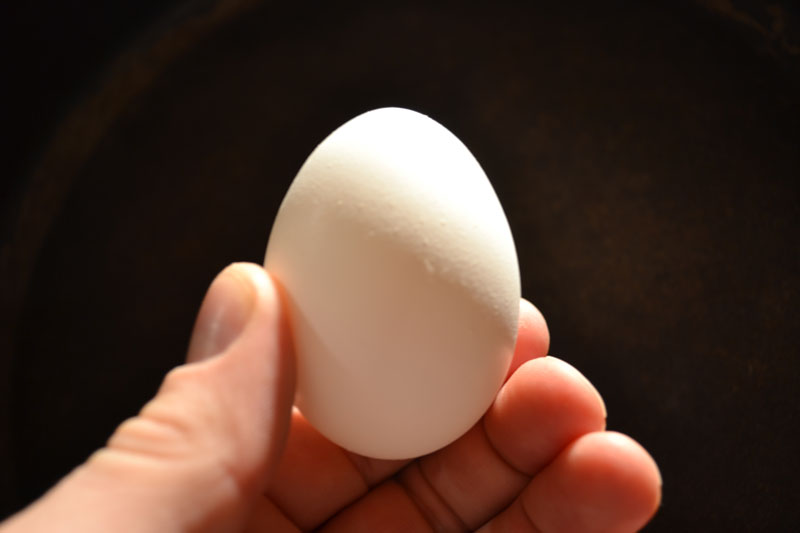
4
DifficultyEggshell Chemistry Experiment - Teach Kids about Calcium Carbonate
Posted by Admin / in Chemistry Experiments
In this chemistry experiment vinegar is used to change the chemistry of an eggshell.
Items Needed for Experiment
- Jar or clear plastic container with lid
- Distilled white vinegar
- 2 eggs
- rubber band
EXPERIMENT STEPS
Step 1: Carefully place the eggs in the bottom of the jar or plastic container. Do not allow the eggs to crack. If it is difficult to lower the eggs down because of the container opening size, turn the container sideways and carefully roll them down to the bottom.
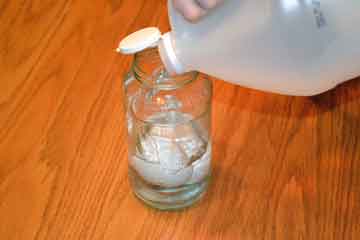
Step 2: Add enough distilled white vinegar to completely cover the eggs.
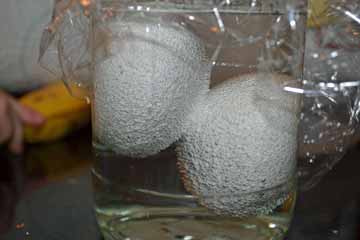
Step 3: Seal the top of the jar or plastic container with the lid. Observe the bubbles forming on the eggs. The bubbles contain mostly carbon dioxide.
Step 4: Wait approximately 24 hours for the full chemical reaction to occur.
Step 5: Pour out the old vinegar. Remove one egg while being very careful with the extremely soft eggshell. Pour in fresh vinegar, covering the egg completely.
Step 6: Wrap a rubber band lightly around the egg taken out of the vinegar. Allow the rubberband to apply some compression to the eggshell, but not too much to cause it to break.
Step 7: Wait another 24 hours and observe the results of the chemical reactions of the two eggs.
Science Lessons Learned
The egg shell is composed of calcium carbonate. A similar man-made material containing calcium carbonate is drywall spackle. By removing more and more of the carbon, the eggshell slowly gets softer and softer. The acid in the vinegar removes the carbon by reacting to create carbon dioxide gas inside all of the bubbles that start to form as soon as the vinegar contacts the egg.

